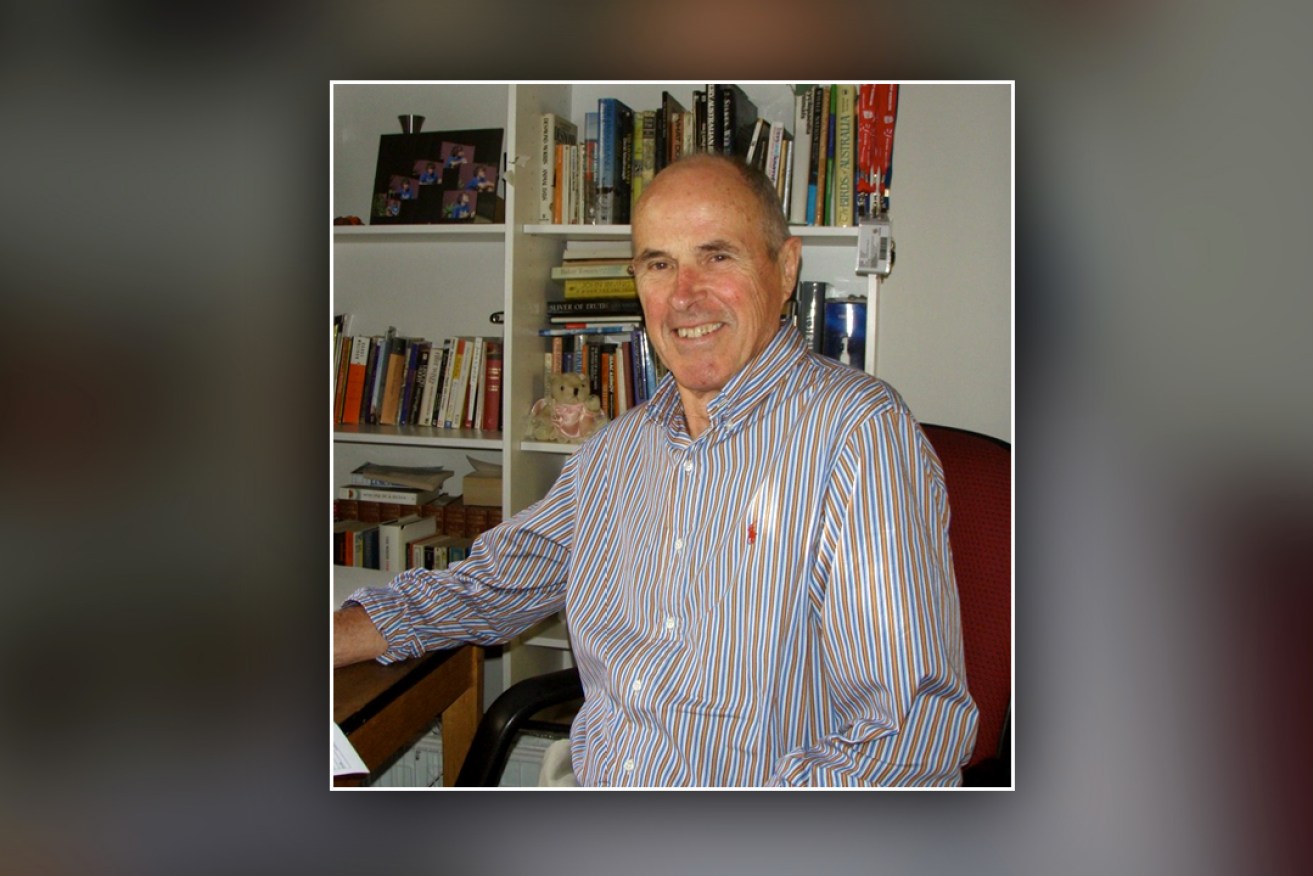If asking the right question is the mark of a brilliant scientist, Bob Seamark, cheeky enough to ask lots of the right questions, was in that class.
In 1971 he asked one question that would have ramifications for human fertility around the world.
At the University of Adelaide he and Professor Colin Matthews were discussing the case of a man with testicular cancer faced with treatment that would affect his ability to father children, when Bob Seamark asked “Why don’t we freeze his sperm?”
Freezing kills sperm, but Bob had just returned from Cambridge University where the addition of glycerol during freezing had recently been found to protect bull’s sperm, a break-through in herd improvement.
After further research, some students at University of Adelaide, along with Bob, were to donate to the world’s first known human frozen sperm bank, established by Professor Matthews.
Aside from his scientific breakthroughs, Bob’s genetic imprint: witty, handsome, tall, smart and fit, blessed his own progeny and, but for someone turning off the lab freezer in 1972, would have enhanced the wider gene pool in South Australia.
Bob was born the eldest of five to hard-working parents. That he was his mother Phyl’s favourite perhaps explains his very poor relationship with his father Fred. He was a diesel mechanic, she a seamstress.
Young Bob was nevertheless seen as a happy kid. He was bookish, enjoyed his own company, scouts and choir. He was not much into sport but loved to ramble in the countryside.
In 1953 the family migrated to Australia as 10 pound Poms and Bob loved Australia the minute he arrived. On the boat over he had met scientist Robert Morton, the future professor of agricultural biochemistry at Waite Institute, who invited him to visit him at the university.
When his family decided to return to the UK Bob opted to stay, taking up the professor’s suggestion that he study agricultural science.
To put himself through university, Bob worked building houses on Hampstead Road and cleaned toilets at the hostel where he studied in a three-roomed space housing six people.

His efforts were rewarded with the Barr Smith Travelling Scholarship in Agriculture to go to Cambridge where he gained his PhD from the Faculty of Medicine, a sure sign of Bob’s restless, multi-disciplinary problem-solving outlook.
Despite offers of an academic career in the UK he opted to return to Adelaide to the Waite’s new department of Animal Physiology.
After five years at the Waite his advances in animal reproduction brought the attention of the University of Adelaide’s Obstetrics and Gynaecology Department, and he moved there.
Bob’s multi-disciplinary approach; asking cheeky questions, debating new ideas, and mastering new techniques, pushed the boundaries of human reproductive science. By creating a dynamic laboratory environment in collaboration with many scientists – especially Colin Matthews – there would be enormous strides forward in reproductive technologies including human and animal IVF – and later embryo cloning, stem cells and transgenesis. It was a source of pride to Bob that these technologies have transformed society, with real benefits for humanity.
By the 1980s, and now working in Biochemistry at the university, Bob had realised that the breakthroughs he had been so deeply involved in should be patented. When the complexities of patents in biology seemed to defeat patent attorneys, Bob wrote the university’s patents himself.
In all, 16 successful commercial enterprises would be seeded from the patents, in turn securing income to better fund the university’s research in these areas.
One of those companies, BresaGen, founded by Bob and fellow scientist Julian Wells, attracted media attention for producing what were dubbed “Super Pigs” developed through the new field of transgenesis. Were these safe? Bob promptly set up a barbecue in Rundle Mall in central Adelaide and invited people to taste Super Pig for themselves. In scientific terms, the research was paving the way for pigs to be created with genetic lines suitable for organ donations to humans, something only now coming to fruition.
Bob’s restless energy took him into fields including studying the properties of melatonin, while his work in reproductive immunology was important for improving IVF treatments.
In the late 1990s he moved to Canberra to head a Cooperative Research Centre into pest animals. There he focussed on research for humane control of pest animals through reducing their fertility.
Back in South Australia from 2001 Bob became director and chair of Flinders University Medical Research Institute, working and advising on a wide range of initiatives including new companies applying the results of scientific research in South Australia.
His career was recognised by the University of Adelaide with a Doctor of Medicine in 2016.
Perhaps as in science in his personal life, Bob’s restless energy would result in a series of relationships. He formed a huge array of firm friendships – including his former partners – from all sorts of backgrounds.
He packed his life with non-academic pursuits. His passion for yachting led him on many voyages and to model boat-building at home; he co-founded a nature conservation company and found time to cultivate special relationships with his children and grandchildren, especially on camping adventures and through storytelling.
He is survived by his second wife, Kay Hannaford, and children Anna, Tom, Ben and 10 grandchildren.





